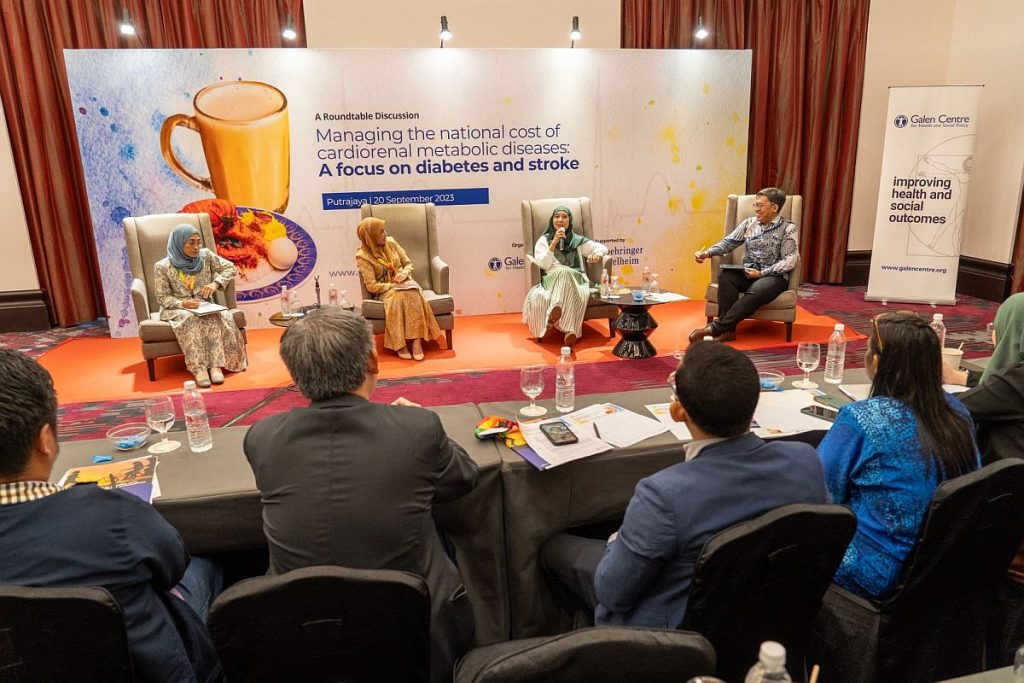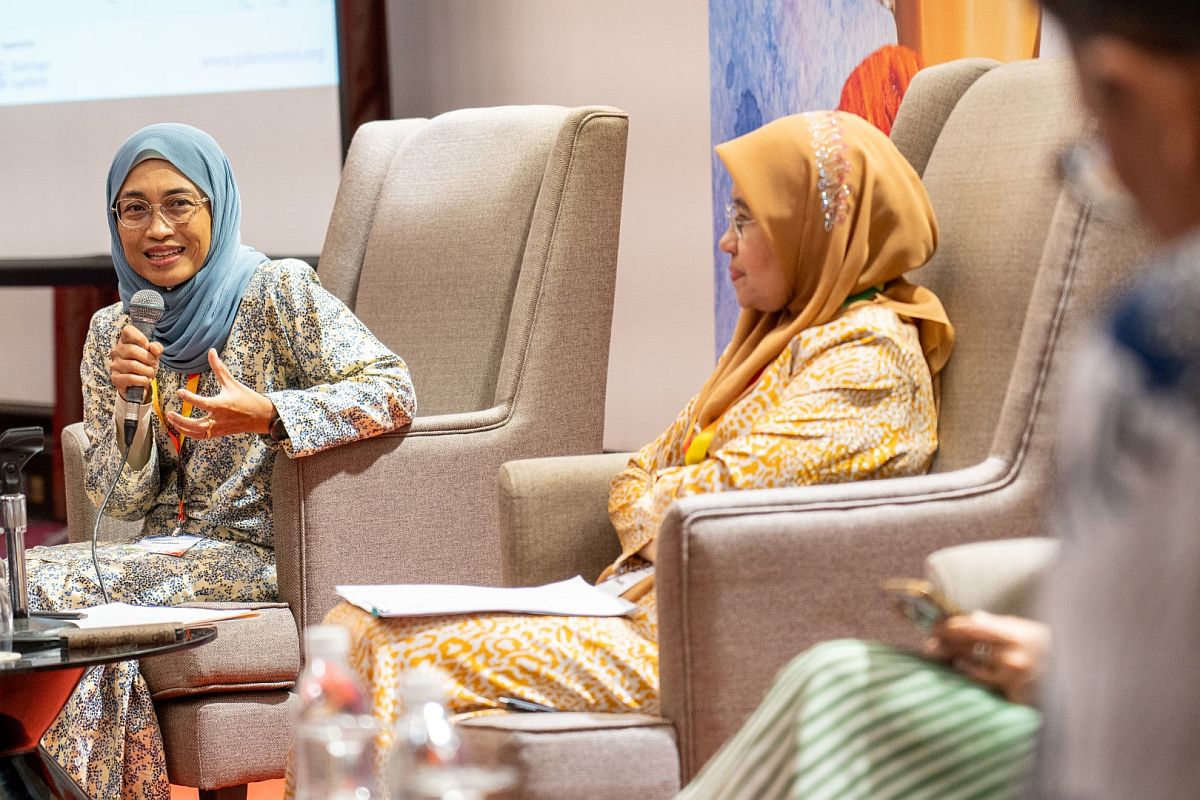KUALA LUMPUR, Dec 22 – The Ministry of Finance (MOF) refused approval for a pricey diabetes drug that health experts believed would actually be cost effective by preventing complications and reducing hospital admissions.
Putrajaya Hospital consultant endocrinologist Dr Zanariah Hussein revealed that last year, a multisectoral team facilitated by the Ministry of Health (MOH) came together and drew up a proposal to procure more sodium glucose cotransporter 2 (SGLT2) inhibitors, a relatively new class of drugs that improves glycaemic control by causing the kidneys to remove sugar from the body through urine.
The drug is also used in people with chronic kidney disease (CKD) and heart failure to lower the risk of heart attack, stroke, and heart failure flare-ups; some of these inhibitors also aid in slowing the progression of kidney disease.
Dr Zanariah said while the proposal was accepted at the MOH level, it did not get approval from the MOF because of the high cost associated with the procurement of the drug.
“The model looked at not treating 500,000 (patients) in the first year, but to gradually approach that figure in the five years,” she told the Galen Centre for Health and Social Policy’s roundtable discussion on “Managing the National Cost of Cardiorenal Metabolic Diseases: A Focus on Diabetes and Stroke” held last September 20, with support from Boehringer Ingelheim.
“For example, our model that we wanted is 30 per cent [of patients] would be treated in the first year, 50 per cent in the second year, and 70 per cent [in the third year], and ultimately you catch your 500,000 at the end of five years.
“We calculated that with a health economic expert. We calculated how much we would save on admissions, even for severe hypoglycemia. Because when you start with SGLT2 inhibitors, you will eventually need less insulin, and a lot of insulin is the reason for hypoglycemia.”
The cost of procuring SGLT2 inhibitors was estimated at “a huge whopping” RM800 million in five years, but Dr Zanariah pointed out that the cost of complications would run up to over RM900 million in that period of time from hospitalisation, heart disease, and dialysis.
“We would spend RM800 million to treat 500,000 people, and in the end, we would have actually saved about almost RM100 million.”
The MOF’s rejection of the MOH’s proposal to procure more SGLT2 inhibitors resulted in the removal of less effective medication from the MOH’s medicines formulary to cut costs.
According to the Health Technology Assessment Section at the MOH’s medical development division in 2019, empagliflozin was the first SGLT2 inhibitor to be included in the MOH’s formulary in 2017. Both canagliflozin and dapagliflozin have not been included in the formulary, although dapaglifozin has been approved for use via the Medicines Special Authorisation Form in MOH hospitals like Kuala Lumpur Hospital.
Create Specific Diabetes Provision Budget Category

Dr Zanariah called upon the MOH to create a specific provision budget category for diabetes that would enable health care professionals to ascertain how much is set aside for the treatment of diabetes, and especially for the purchase of effective new drugs.
She said previously, under the New Policy (dasar baru) budget line, “a bit of money” is allocated for things like urine dipstick to screen protein and monofilaments.
In Budget 2024 that was tabled recently in Parliament, there is no specific diabetes category under medical programmes. Many of the medical programmes only have emoluments specifically allocated for them, except for radiotherapy and oncology, dietetics, and psychiatry and mental health, rehabilitation medicine and traditional and complementary medicine, and blood transfusion medicine.
Medical supplies for health care facilities – without specific allocations for different medical programmes – were lumped under Specific Programmes (program khusus) with an RM3.7 billion allocation.
“Since it (diabetes) is such a huge problem, how much do we set aside to treat diabetes?” Dr Zanariah questioned.
“That has no special provision, so we’re always groping for more funds to manage it. Being doctors, we need to use medicine. But when new medicines come in, they don’t come in with a new budget or additional budget. The constraint is still not having enough in terms of selecting the best medicine.”
Dr Zanariah said that about 40 per cent of diabetics in primary care have an acceptable A1C glycemic control reading, which means that patients have successfully kept their blood sugar levels within the range of seven to eight per cent, and in the hospitals, only a quarter of patients have satisfactory A1C levels.
She said while glycemic numbers are improving, the successful management of diabetes is not only about patients’ ability to control their glucose levels, but also the ability to manage other risk factors. And while the MOH’s formulary has seen improvement over the years, the accessibility of drugs isn’t “good enough”.
According to Dr Zanariah, patients spend maybe about five to 10 years in primary care before they are referred to hospitals. By the time they arrive, it is too late to put them on new and effective drugs, as the diabetes has progressed too far.
The endocrinologist said most diabetes patients who enter hospitals have been living with their condition for about ten years and are taking insulin shots four times a day.
Dr Zanariah said diabetes treatment has progressed in the last decade or so, with the development of certain medications that can change the course of the disease.
“Eventually, even though you spend more on certain medicines, you will be able to cut the cost of hospitalisation and complications.
“So that has been the problem with primary care – not having good access to these medications in Malaysia because of them not having the right model of funding for good medicines early.
“And so, a decade down the line, we (specialists) have got to fix the problem. And most often, there are not a lot of things that can be reversed. Proteinuria will still be there and will progress.
“A lot of things need to be done right in primary care. At the time of early diagnosis, what you can do is education and give the right selection of medication.”
The National Health and Morbidity Survey (NHSM) 2019 stated that the majority of patients with known diabetes – 68.2 per cent – sought treatment at public health clinics, while only 15 per cent sought treatment at MOH hospitals.
At the same forum, Putrajaya Hospital consultant nephrologist Dr Rafidah Abdullah said about 60 to 70 per cent of chronic kidney patients are diabetic. Once they’re on dialysis, less than half of diabetic patients live up to five years.
However, the thought of having to go on dialysis or the threat of death does little to deter patients from taking a relaxed approach when it comes to addressing their illnesses.
“Malaysians know (their illness), but when they are sick, then only they come. That is standard. That is probably 80, 90 per cent. The statistics have shown that two-thirds have already seen a doctor before, but they still crashland.”
Many patients, said Dr Rafidah, only set foot in the hospital seeking treatment in the late stages of their disease – often when it is too late.









